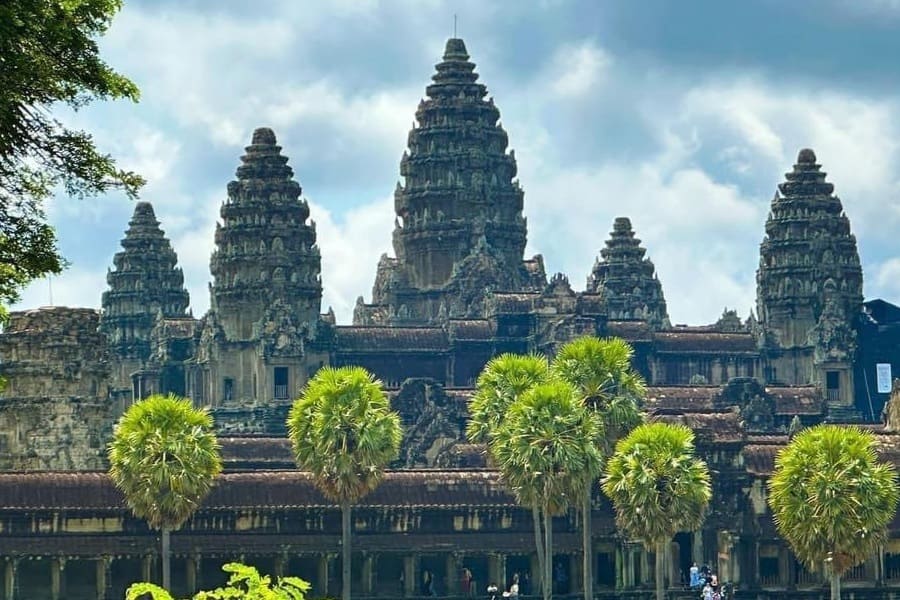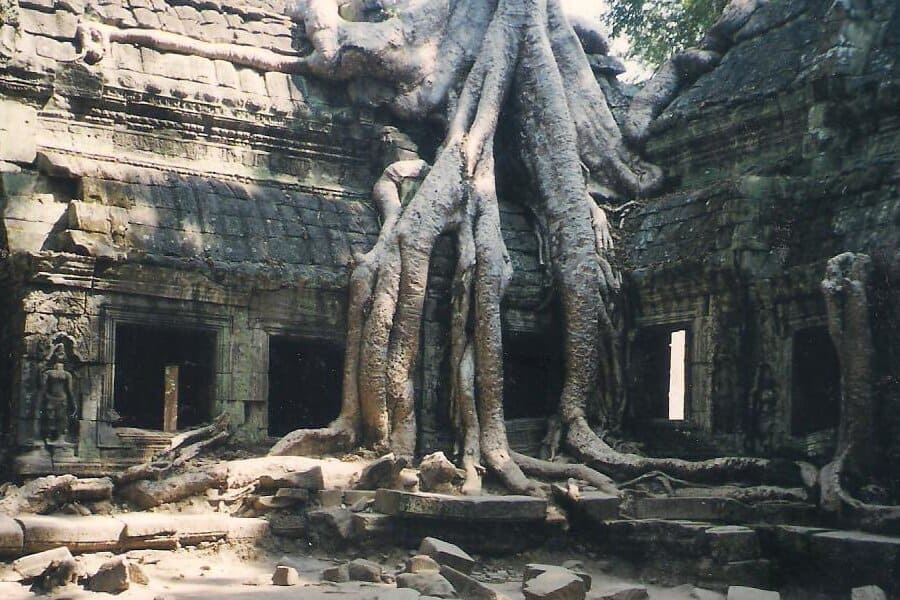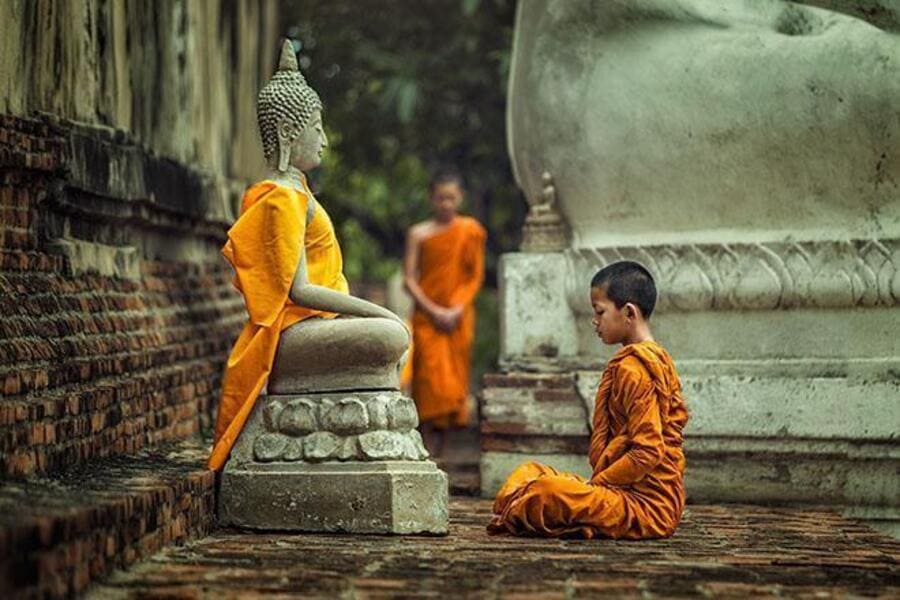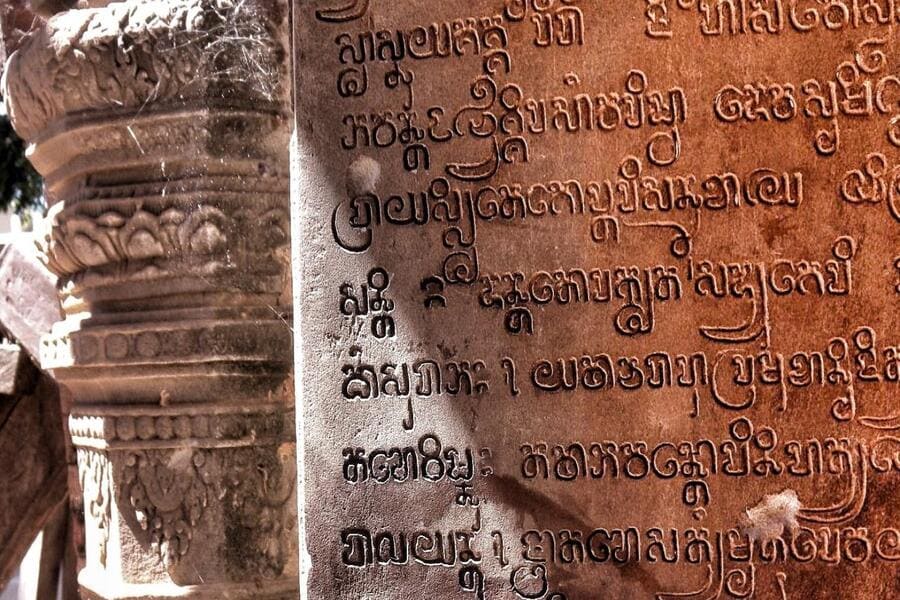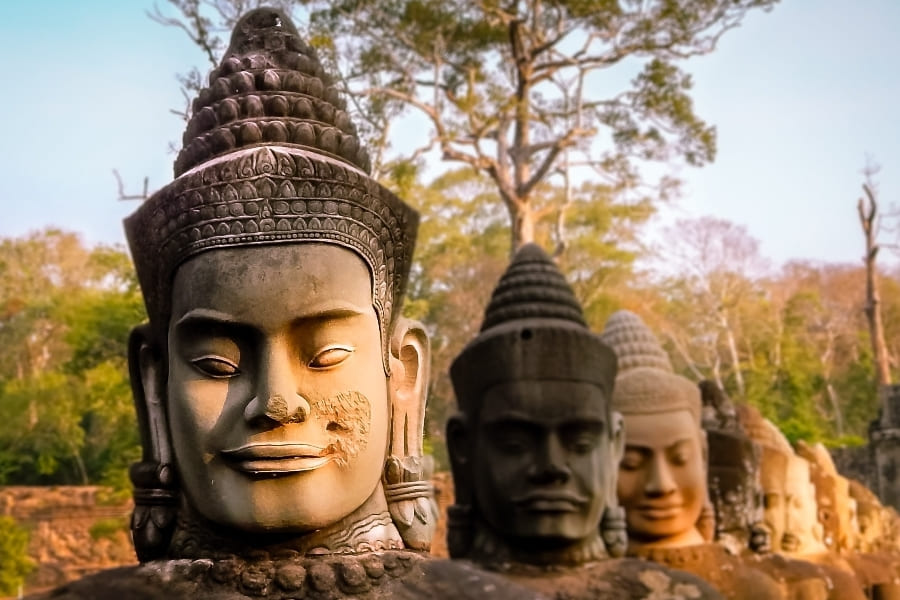Cambodia tours offer more than just a glimpse into the country's stunning landscapes and vibrant culture; they provide a window into its rich historical tapestry, with the legacy of the Khmer Empire looming large. From the awe-inspiring temples of Angkor to the intricate carvings at Bayon, the imprint of the Khmer civilization is palpable at every turn. But beyond the marvels of ancient architecture lies a deeper story of how the Khmer Empire continues to shape modern Cambodia. By exploring the impact of this ancient empire, travelers gain a deeper understanding of Cambodia's cultural identity, political landscape, and societal norms.
Contents
The overview of The Khmer Empire
The Khmer Empire, one of Southeast Asia's most powerful and influential civilizations, flourished from the 9th to the 15th century in the region known today as Cambodia. At its zenith, the empire encompassed much of mainland Southeast Asia, including parts of present-day Thailand, Laos, Vietnam, and Myanmar.
The Khmer Empire is renowned for its impressive architectural achievements, particularly the majestic temples of Angkor, such as Angkor Wat and Bayon. These monumental structures, built during the reign of Khmer kings, reflect the empire's wealth, power, and sophisticated engineering prowess.
Beyond its architectural marvels, the Khmer Empire also made significant contributions to art, religion, language, and governance, leaving a lasting imprint on the cultural landscape of the region. Despite its eventual decline, the legacy of the Khmer Empire continues to resonate in modern Cambodia and beyond, shaping the country's identity and cultural heritage.
The Impact of the Khmer Empire on Modern Cambodia
Architectural and Cultural Legacy
The Khmer Empire, renowned for its grandeur and architectural splendor, has had a profound and enduring impact on Cambodian architecture. At the heart of this influence lie the magnificent temple complexes of Angkor, including the iconic Angkor Wat, Bayon, and Ta Prohm.
These awe-inspiring structures, built during the Khmer Empire's zenith between the 9th and 15th centuries, showcase the empire's mastery of architectural design, engineering, and artistic expression. Characterized by towering spires, intricately carved bas-reliefs, and sprawling courtyards, Khmer temples serve as enduring symbols of spiritual devotion and cultural pride.
Beyond religious edifices, Khmer architecture also influenced urban planning, water management systems, and royal palaces, shaping the physical and cultural landscape of Cambodia.
The impact of Khmer Empire on Cambodia’s religion
The Khmer Empire had a profound impact on the religious landscape of Cambodia, particularly through the widespread adoption and patronage of Buddhism. While Hinduism initially flourished as the dominant religion during the early years of the empire, the reign of King Jayavarman VII marked a significant shift towards Theravada Buddhism. Under his rule, Buddhism became the state religion, and many Hindu temples were converted into Buddhist ones, reflecting the empire's evolving religious identity.
The Khmer Empire's embrace of Buddhism had far-reaching effects on Cambodian society, influencing religious practices, rituals, and beliefs that continue to shape the country's spiritual landscape to this day. Theravada Buddhism, with its emphasis on personal enlightenment and moral conduct, became deeply integrated into Cambodian culture, providing a framework for ethical living and spiritual development. Monastic communities flourished, with monks playing pivotal roles as religious leaders, educators, and community organizers.
Additionally, the Khmer Empire's promotion of Buddhism facilitated cultural exchanges with neighboring regions, such as Sri Lanka, India, and China, fostering the spread of Buddhist teachings, art, and philosophy throughout Southeast Asia. This cultural diffusion enriched Cambodia's religious landscape, contributing to the syncretic blend of beliefs and practices that characterize Cambodian Buddhism today.
Linguistic and Educational Impact
The Khmer Empire exerted a significant influence on Cambodia's language, leaving a lasting legacy that continues to shape the linguistic landscape of the country. At the heart of this impact lies the development and dissemination of the Khmer language, which served as the administrative and cultural medium of the empire.
During the height of the Khmer Empire, the Khmer language experienced a period of remarkable growth and refinement. Under the patronage of kings and scholars, Khmer evolved into a sophisticated written and spoken language, characterized by its unique script, grammar, and vocabulary. The empire's administrative records, religious texts, and literary works were primarily composed in Khmer, elevating its status as the language of governance, religion, and culture.
One of the most enduring legacies of the Khmer Empire's linguistic influence is the Khmer script, known as "Aksar Khmer," which is derived from the ancient Brahmi script. This script, with its elegant curves and intricate characters, became the foundation of written communication in Cambodia and remains in use today. It serves as a symbol of national identity and cultural heritage, embodying the rich literary and intellectual traditions cultivated during the Khmer Empire.
Furthermore, the Khmer language acted as a conduit for the transmission of religious and cultural ideas throughout the empire's territories. As Buddhism gained prominence under King Jayavarman VII, Khmer became intertwined with Buddhist teachings, resulting in the adoption of Sanskrit and Pali loanwords related to religious concepts, rituals, and practices. This integration of religious vocabulary enriched the Khmer language and solidified its role as a vehicle for spiritual expression and discourse.
Societal and Political Influence
The Khmer Empire's influence on Cambodia's governance was profound and enduring, shaping the political structure, administrative systems, and concepts of authority that have persisted throughout Cambodian history. At the height of its power, the Khmer Empire established a centralized and hierarchical form of government that exerted control over vast territories through a sophisticated system of administration.
One of the most notable legacies of the Khmer Empire's governance is its system of royal administration, which was characterized by absolute monarchy and divine kingship. The king, known as the "Devaraja" or "God-King," was regarded as a divine ruler whose authority was sanctioned by the gods and whose actions were believed to influence the cosmic order. This concept of kingship imbued the monarchy with supreme authority and elevated the king to a quasi-divine status, with responsibility for upholding dharma (righteousness) and protecting the welfare of the kingdom.
Under the rule of powerful monarchs such as Jayavarman II and Jayavarman VII, the Khmer Empire implemented a highly centralized administrative structure that facilitated efficient governance and imperial control. The empire was divided into administrative units known as "mandalas," each governed by appointed officials who oversaw taxation, justice, and defense on behalf of the king. These officials, drawn from the aristocracy and military elite, played a crucial role in maintaining social order and ensuring the loyalty of local populations to the central authority.
Furthermore, the Khmer Empire's governance was characterized by a sophisticated system of infrastructure development and public works projects, including the construction of vast irrigation networks, temples, and roads. These monumental undertakings not only served practical purposes such as facilitating agricultural production and trade but also symbolized the power and prestige of the empire and its rulers.
Overall, the legacy of the Khmer Empire permeates every aspect of modern Cambodian society, shaping its cultural identity, political landscape, and economic development. By understanding and appreciating this historical legacy, one gains valuable insights into the complexities of contemporary Cambodia and the enduring impact of its illustrious past.

